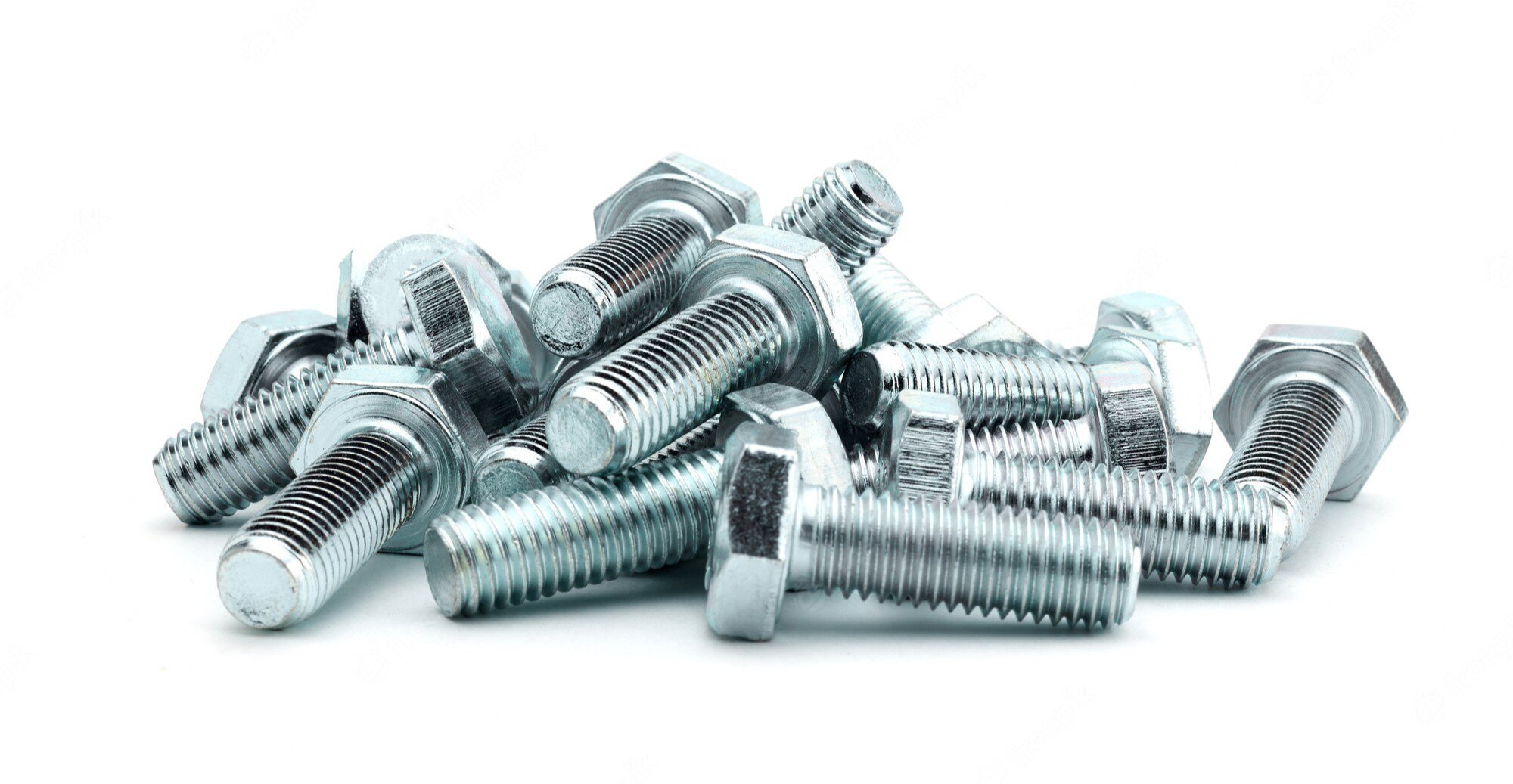Home › News › Improvement on Our Hydrogen Embrittlement Relief Furnace

Improvement on Our Hydrogen Embrittlement Relief Furnace
In our fastener production, we have integrated an additional circulation system and a second burner into our post-plating hydrogen embrittlement relief (baking) furnace. With this upgrade we return to the thermal regime faster after loading, increase temperature uniformity across the working volume, and—especially for zinc-coated 10.9 and 12.9 grade bolts—keep the target hardness window within a narrower deviation.
Hydrogen embrittlement is associated with hydrogen absorbed during pickling/cleaning and particularly during electrolytic plating, which may cause microstructural weakening in high-strength steels. In common industry practice, a controlled heat treatment in a relief furnace (typically within a low temper range) is applied within a specified time after plating to remove trapped hydrogen by diffusion. This significantly reduces delayed failure risk in high-strength fasteners and helps us pass customer-specified tests (e.g., tensile, embrittlement/mandrel, torque-tension, etc.) with greater confidence.
With the new circulation arrangement, airflow is balanced across the entire working chamber; “cold spots” are reduced and part-to-part temperature differences are minimised. The additional burner shortens the recovery time to set temperature after loading. Together, these effects provide a consistent soak at setpoint without unnecessarily extending dwell times; hydrogen relief is optimised while keeping under control the potential overheating/time risks that could alter the steel’s temper condition.
On the internal quality side, furnace charts and process parameters are recorded by lot for every batch. Validation shows that parts of different diameters and lengths now share a similar thermal history in the furnace. As a result, the natural variance of hardness measurements narrows for grades 10.9 and 12.9, and both hardness and functional performance (e.g., torque-tension curve) become more repeatable.